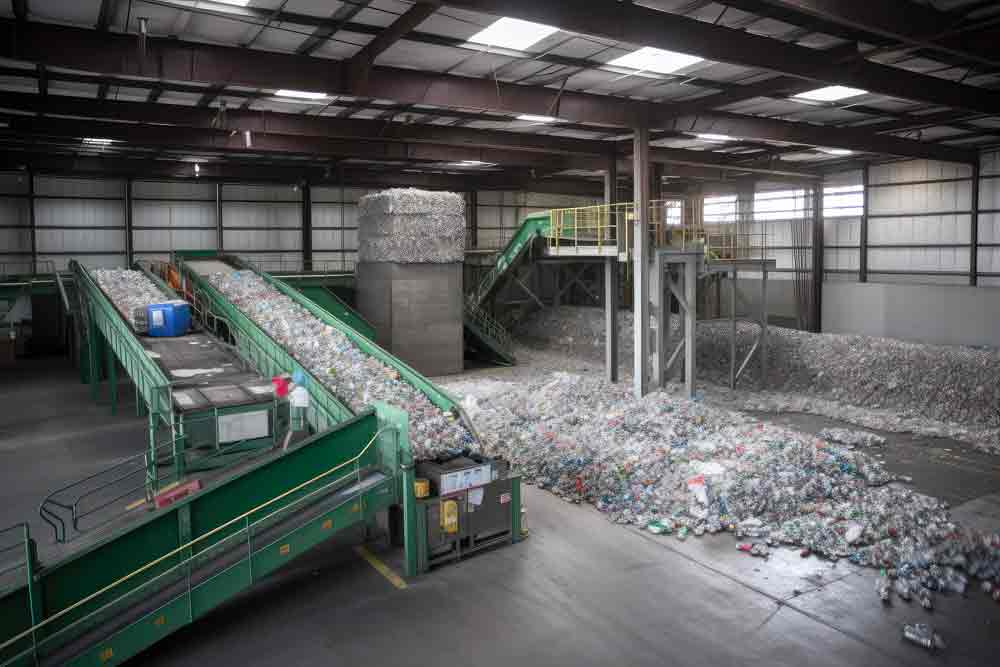Metal separation techniques play a crucial role in the recycling industry, allowing us to unlock the value hidden within scrap materials. In this article, we will delve into the world of metal separation, exploring various methods and technologies used to separate different types of metals from each other and from non-metallic materials. We will demystify the process, shedding light on the magnetic marvel of separating iron from scrap metal and highlighting the role of metal separators as guardians of purity. From sorting to success, we will uncover the methods employed in recycling facilities to efficiently separate metals. Additionally, we will touch upon the challenges posed by separating metals from non-metals, extending our exploration beyond traditional metal separation techniques. Join us as we unravel the secrets behind these techniques and discover the untapped potential of scrap materials.
What is metal separator?
Metal separation is a crucial process in the recycling industry that involves separating different types of metals from each other and from non-metallic materials. This process is essential for unlocking the value of scrap metal and ensuring its effective reuse. Demystifying metal separation is important to understand the various techniques used in this process. One common method is magnetic separation, which uses magnets to separate iron and steel from other metals. Another technique involves using metal separators, which act as guardians of purity by identifying and removing any contaminants or impurities in the metal stream. Recycling facilities employ a range of methods for separating metals, including manual sorting, eddy current separation, and flotation. These techniques play a significant role in achieving success in metal recycling by ensuring the purity and quality of the separated metals. However, the challenge lies in separating metals from non-metals, as this requires advanced technologies and processes to effectively separate valuable metals from other materials.
Separating iron from scrap metal
Iron is one of the most commonly found metals in scrap, and separating it from other materials can be a challenging task. However, with the help of magnetic separation techniques, this process becomes remarkably efficient. The principle behind magnetic separation lies in the fact that iron is a ferromagnetic material, meaning it can be magnetized. By utilizing powerful magnets, scrap metal recycling facilities are able to attract and separate iron particles from the rest of the scrap. This method not only helps in recovering valuable iron but also prevents contamination of other metals during the recycling process. The magnetic marvel of separating iron from scrap metal has revolutionized the industry by providing a quick and effective way to extract this valuable material, ensuring its reuse and reducing the reliance on mining new resources.
Metal Separator: the guardian of purity
In the world of metal separation techniques, the metal separator stands as a stalwart guardian of purity. This ingenious device plays a vital role in recycling facilities, ensuring that only the desired metals make it through the process. Metal separators utilize advanced technology to detect and separate different types of metals from a mixed stream of scrap. By employing various methods such as electromagnetic induction and eddy current separation, these guardians are able to identify and extract valuable metals like copper, aluminium, and brass from a myriad of other materials. With their precise detection capabilities and high-speed sorting mechanisms, metal separators help to maximize the value of scrap by producing clean, pure metal fractions that can be further processed and reused. As recycling becomes increasingly important in our quest for sustainability, the metal separator’s role as the guardian of purity is more crucial than ever before.
From sorting to success: methods for separating metals in recycling facilities
In recycling facilities, the journey from sorting to success begins with the careful separation of metals. This crucial step ensures that valuable metals can be extracted and recycled efficiently. One commonly used method is manual sorting, where workers visually identify and separate different types of metals by hand. While this method is effective, it can be time-consuming and labor-intensive. To streamline the process, many facilities employ automated sorting technologies. These advanced systems use various techniques such as electromagnetic induction, eddy currents, and X-ray fluorescence to identify and separate different types of metals based on their unique properties. Magnetic separators are also widely used to extract ferrous metals like iron from scrap metal. These devices utilize powerful magnets to attract and separate magnetic materials from the rest of the scrap. By employing these innovative methods, recycling facilities can maximize the value of scrap metal while reducing waste and environmental impact.
Comments are closed.




